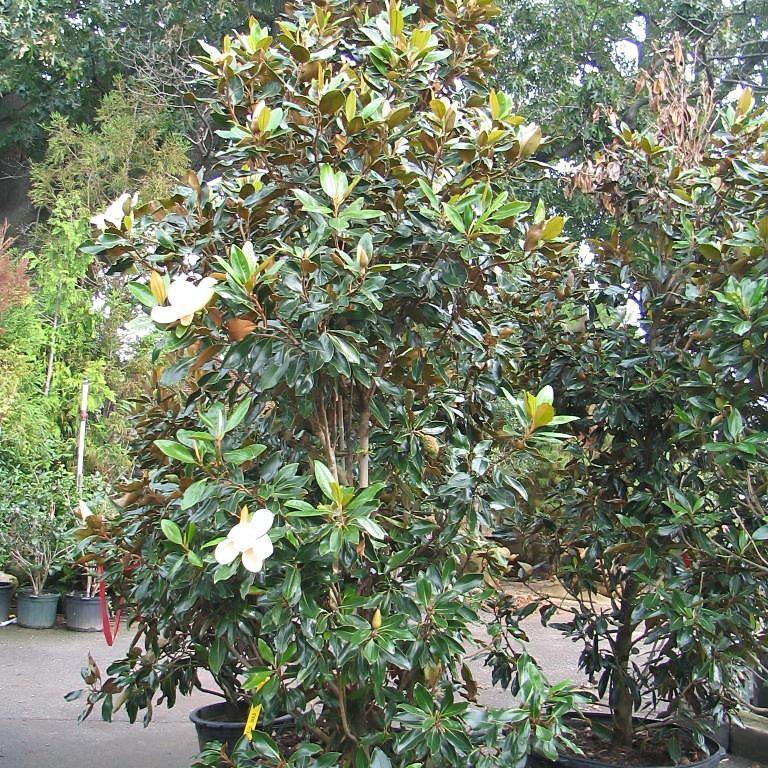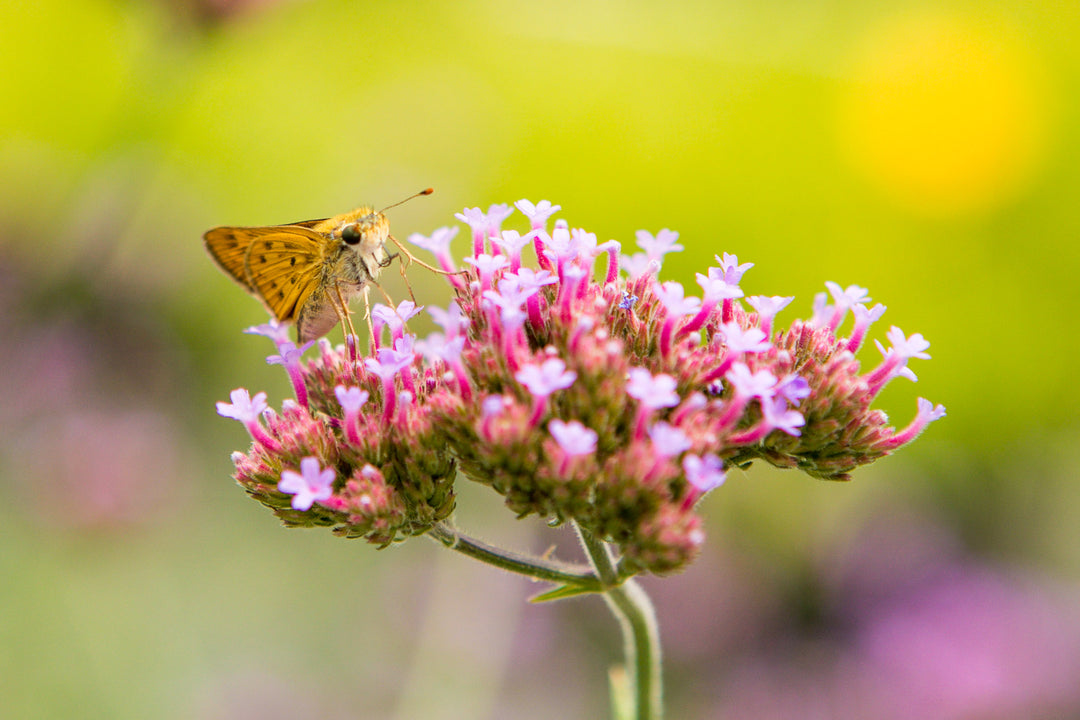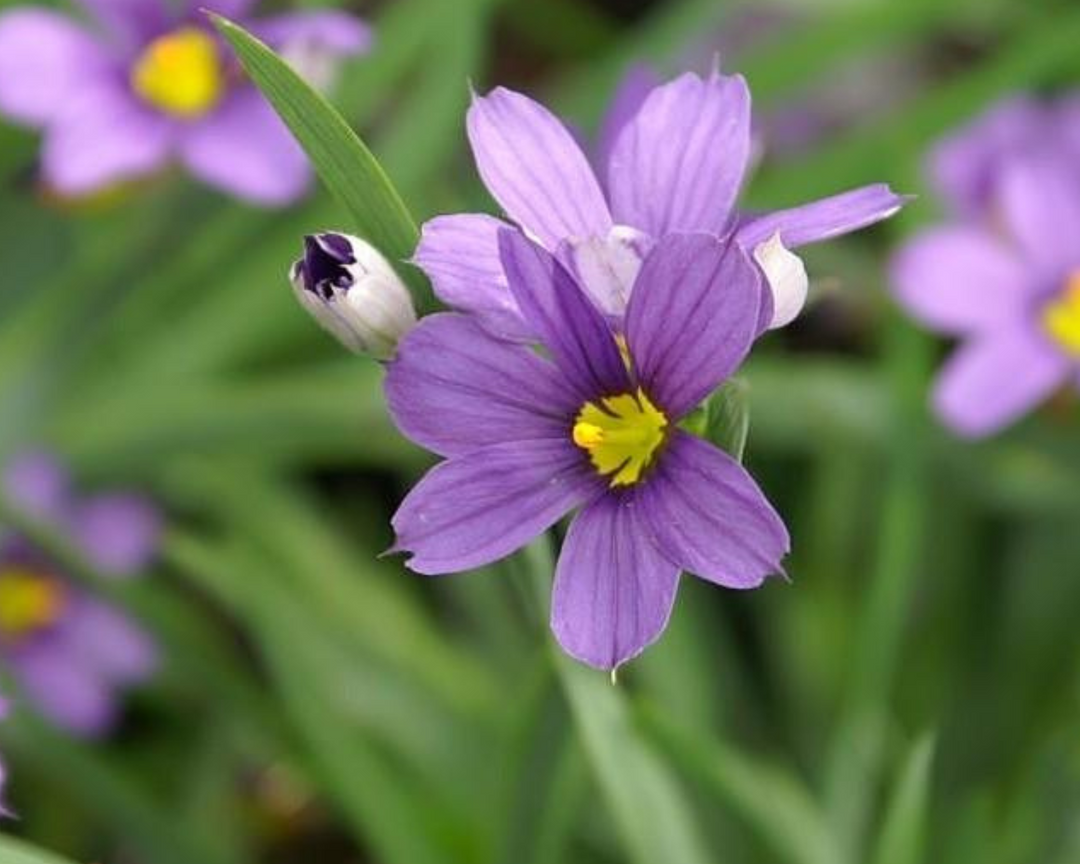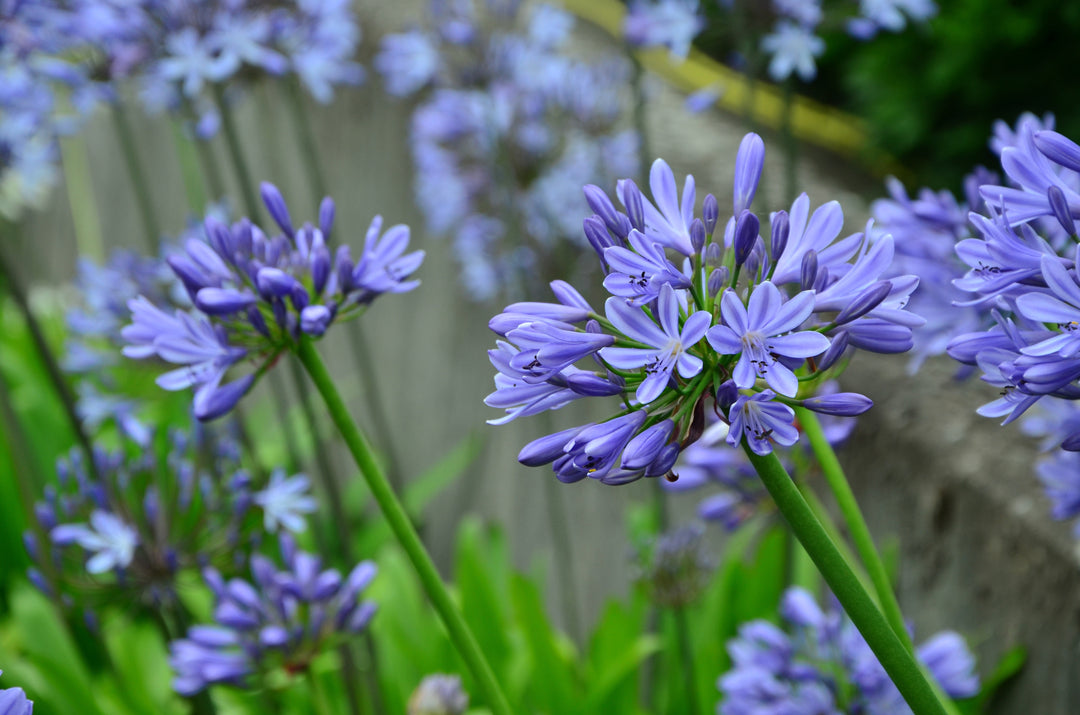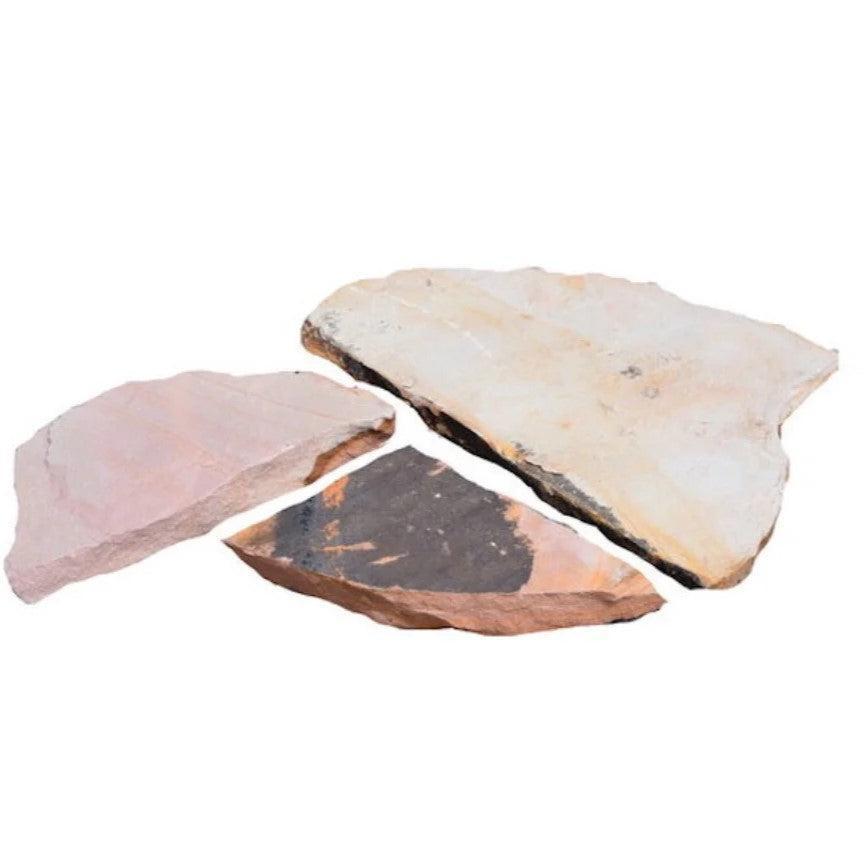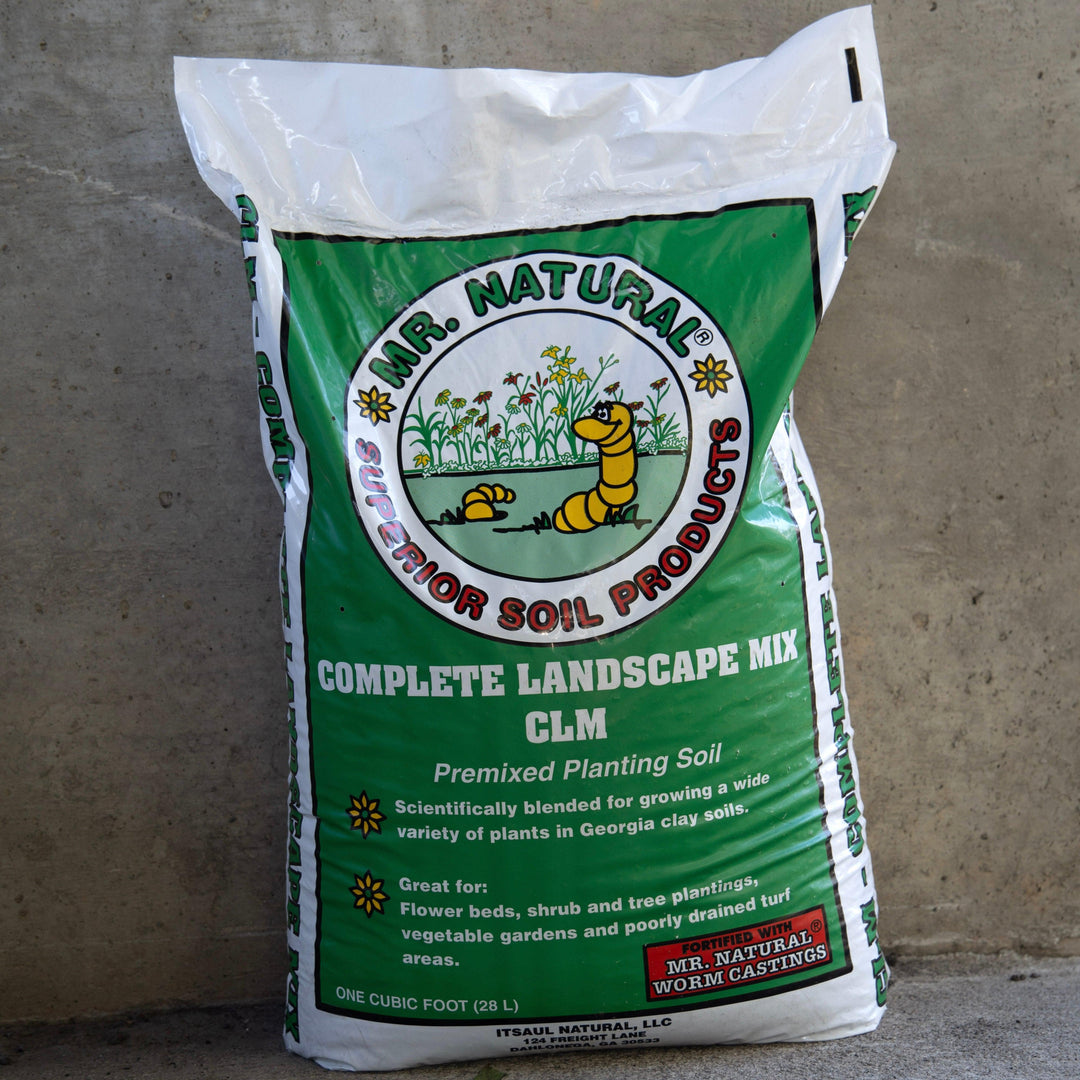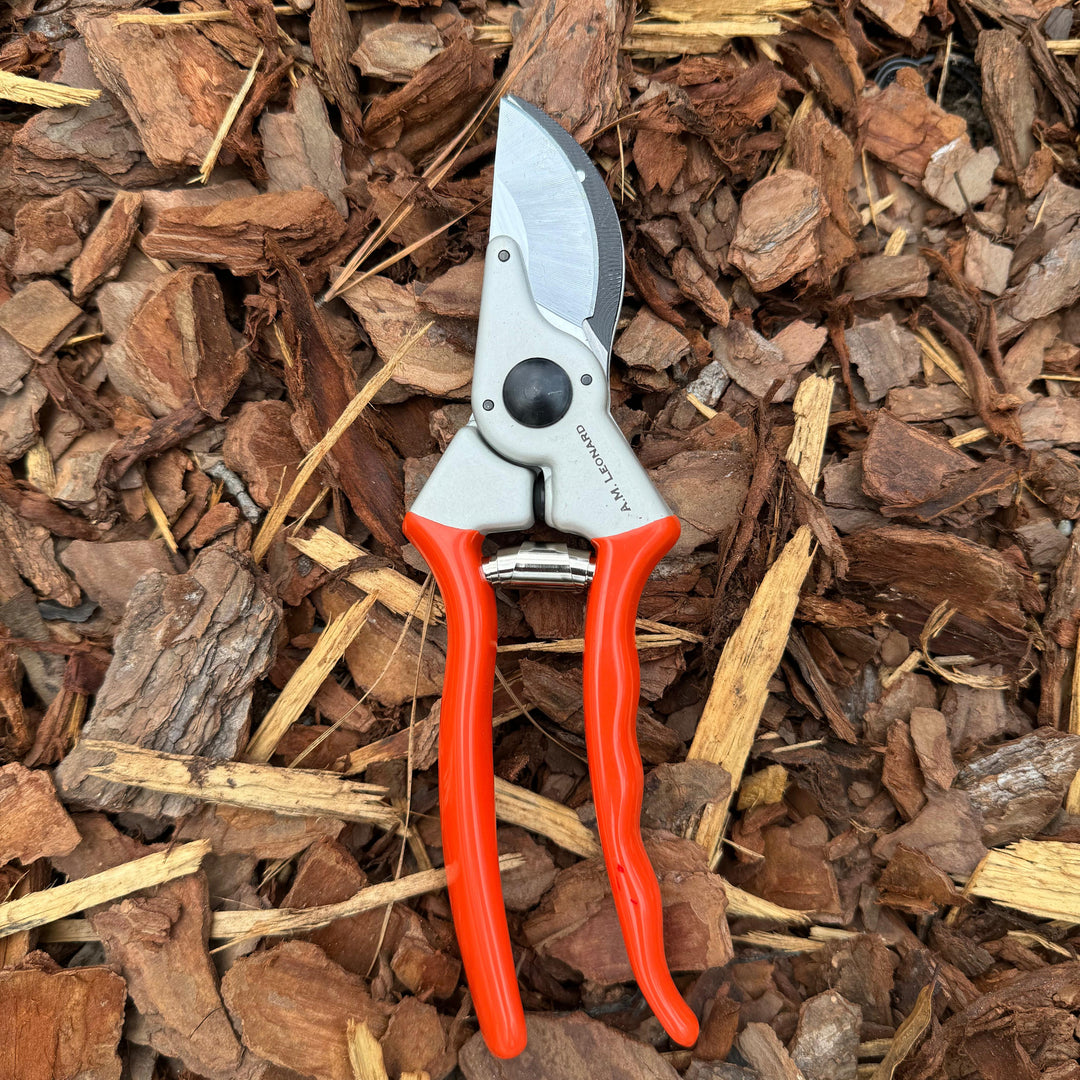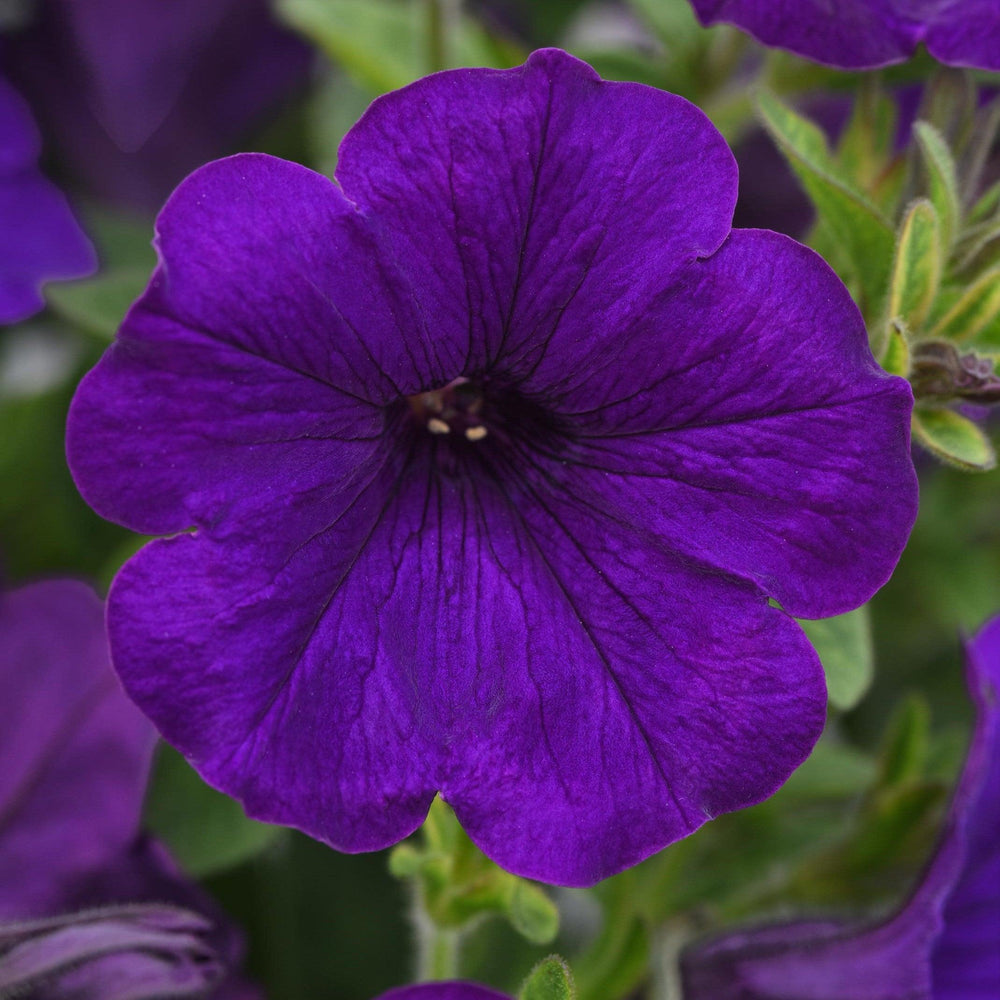Growing and Caring for the Rosmarinus Officinalis Tuscan Blue Rosemary
If you're looking for a flavorful and fragrant herb to add to your garden or indoor herb collection, Monrovia’s Rosmarinus officinalis Tuscan Blue Rosemary may be just what you need.
This popular herb is easy to care for, offers many health benefits, and adds a charming touch to your Georgia garden landscape. In this article, we'll explore all you need to know about growing and caring for this attractive herb.
Understanding the Rosmarinus officinalis Tuscan Blue Rosemary

IMAGE: Krzysztof Ziarnek, Kenraiz, Rosmarinus officinalis 'Tuscan Blue' kz7, CC BY-SA 4.0
Origin and Characteristics
Rosmarinus officinalis Tuscan Blue Rosemary is a variety of the popular culinary herb, Rosemary. It's native to the Mediterranean region, where it grows as a perennial shrub. This variety of Rosemary has striking blue-green foliage and produces light blue flowers in the spring. It's a slow-growing plant that can reach a height of up to 6 feet and a width of up to 4 feet.
Rosemary has been cultivated for thousands of years and has a rich history in ancient Greece and Rome. The herb was believed to have properties that could improve memory and stimulate the brain. It was also used in religious ceremonies and as a symbol of remembrance for the dead.
Tuscan Blue Rosemary is a hardy plant that thrives in full sun and well-drained soil. It's drought-tolerant and can withstand high temperatures, making it an ideal choice for gardens in hot, dry climates.
Culinary and Medicinal Uses
One of the most popular uses of Rosemary is in cooking. The herb has a robust, woodsy flavor that pairs well with roasted meats and vegetables. It's also a common ingredient in sauces, marinades, and dressings. Tuscan Blue Rosemary, in particular, has a stronger flavor than other varieties of Rosemary, making it a favorite among chefs.
Besides adding flavor to your meals, Rosemary has been used for centuries as a natural remedy for various ailments. It's rich in antioxidants and anti-inflammatory compounds that can help with digestion, boost the immune system, and reduce inflammation. Rosemary oil is also used in aromatherapy to improve mood and reduce stress.
Studies have shown that Rosemary may have potential health benefits, such as improving memory and cognitive function, reducing anxiety and depression, and even preventing cancer. However, more research is needed to fully understand the extent of these benefits.
Overall, the Rosmarinus officinalis Tuscan Blue Rosemary is a versatile and beneficial herb that can be used in a variety of ways. Whether you're a chef looking to add flavor to your dishes or someone looking for natural remedies to improve your health, Rosemary is definitely worth considering.
Planting and Propagation
The Rosmarinus officinalis Tuscan Blue Rosemary is a beautiful and versatile plant that can add both flavor and fragrance to your garden. It's a popular choice for herb gardens, container gardens, and even as a decorative hedge.
In this section, we'll cover everything you need to know about planting and propagating this wonderful plant.
Choosing the Right Location
When choosing a location for your Tuscan Blue Rosemary, it's important to keep in mind that this plant prefers a sunny location with well-drained soil. It can grow in a wide range of soil types, but it thrives in soil that's slightly alkaline with a pH between 6.0 and 7.5.
If your soil is too acidic, you can add lime to raise the pH. It's also important to choose a location that's protected from strong winds, which can damage the plant's fragile branches.
If you're planting your Tuscan Blue Rosemary in a container, make sure it has drainage holes and use a high-quality potting mix that's specifically designed for herbs.
Soil Preparation and Fertilization
Before planting your Tuscan Blue Rosemary, prepare the soil by adding organic matter, such as compost or well-rotted manure. This will improve the soil's structure and fertility, and also help retain moisture. You can also add a slow-release fertilizer that's high in phosphorus to encourage healthy root growth.
Once your Tuscan Blue Rosemary is established, you can fertilize it once a month during the growing season with a balanced fertilizer. Avoid over-fertilizing, as this can lead to excessive growth and a weaker plant.
Propagation Methods
There are two main ways you can propagate the Rosmarinus officinalis Tuscan Blue Rosemary: through cuttings or seeds.
- Cuttings. For cuttings, take a 3 to 4 inch stem cutting from a mature plant and remove the leaves from the bottom inch of the stem. Dip the cut end in rooting hormone and plant it in a well-draining potting mix. Keep the soil moist and place the pot in a warm, sunny location. After a few weeks, your cutting should start to develop roots. Once it has a good root system, you can transplant it to its permanent location.
- Seeds. For seeds, start by soaking them in warm water for 24 hours. Plant them in a well-draining potting mix and keep the soil moist until the seeds germinate. This can take anywhere from 2 to 4 weeks. Once your seedlings have developed their first set of true leaves, you can transplant them to their permanent location.
Propagation can be a fun and rewarding way to expand your garden and share your love of plants with others. With a little patience and care, you can easily propagate your own Tuscan Blue Rosemary.
Caring for Monrovia’s Tuscan Blue Rosemary

With the right watering, pruning, and pest management techniques, you can keep your Tuscan Blue Rosemary healthy and thriving.
Watering Requirements
While the Tuscan Blue Rosemary is a drought-tolerant plant, it still requires regular watering. However, overwatering can be detrimental to the plant's health. It's best to let the soil dry out slightly between watering sessions, then water deeply at the root zone.
This will help prevent disease and encourage deep root growth. During hot, dry spells, it's important to make sure the plant gets enough water to prevent wilting and stress.
Pruning and Shaping
Pruning is an essential part of caring for your Tuscan Blue Rosemary. Regular pruning will help keep the plant looking neat and tidy, and will also promote bushier growth. You can trim back the new growth in the spring and summer, being careful not to remove too much of the plant at once. Pinching back the tips of the branches will also help shape the plant to your liking.
When pruning your Tuscan Blue Rosemary, be sure to use sharp, clean tools to prevent the spread of disease. You can also use the pruned branches to add flavor to your cooking or to make fragrant sachets.
Pest and Disease Management
While the Tuscan Blue Rosemary is generally a pest-free plant, it can be susceptible to certain diseases. Powdery mildew and root rot are common problems that can affect Rosemary. To prevent disease, make sure the plant is in a sunny location with well-draining soil and good air circulation. Avoid overwatering and be sure to remove any dead or diseased plant material promptly.
If you notice signs of disease, such as yellowing leaves or powdery growth on the foliage, you may need to remove the affected parts of the plant or treat it with a fungicide. Always follow the instructions on the label when using any type of garden chemical.
Harvesting and Storing
When and How to Harvest
The best time to harvest your Tuscan Blue Rosemary is in the morning when the essential oils are the most concentrated. You can harvest the leaves and stems by snipping them off with sharp scissors or pruning shears. Avoid taking too much at once to avoid stressing the plant.
Drying and Storing Techniques
After harvesting, you can dry the leaves and stems by hanging them upside down in a dry, airy location away from direct sunlight.
Once they're completely dry, you can store them in an airtight container in a cool, dark location. Alternatively, you can freeze the leaves and stems by placing them in a plastic bag and storing them in the freezer for up to a year.
Companion Planting and Landscape Design
Benefits of Companion Planting
Companion planting is a gardening technique where you plant different types of plants together to provide mutual benefits.
Rosemary makes an excellent companion plant because it repels pests and attracts beneficial insects, such as bees and butterflies. It can also enhance the flavor of nearby plants, such as tomatoes and beans. Its aroma also deters deers away from the bed!
Ideal Companion Plants
Some ideal companion plants for Monrovia’s Tuscan Blue Rosemary include thyme, sage, oregano, and other herbs. You can also plant it alongside flowers that attract pollinators, such as marigolds and lavender.
Incorporating Tuscan Blue Rosemary into Your Landscape Design
Tuscan Blue Rosemary is a versatile plant that can be used in a variety of garden designs. It makes an excellent border plant or a specimen plant in a container garden.
You can also plant it as a ground cover or use it to add vertical interest to your herb garden. Tuscan Blue Rosemary's striking blue-green foliage adds a pop of color to any garden landscape.
In Conclusion
Tuscan Blue Rosemary is an attractive and low-maintenance herb that's perfect for Georgia gardeners and cooking enthusiasts alike. With proper care, you can enjoy its fragrant leaves and many health benefits year-round.
Whether you're planting it for your culinary needs or to enhance your garden landscape, Monrovia’s Tuscan Blue Rosemary is sure to impress.

Click here if you’d like to purchase this plant.
If you need any advice or tricks/tips in creating the garden of your dreams, we are here to make those dreams come true! Connect with us here, or chat with us via the chat button on the bottom of any page on our website.
To create a landscape that gives you joy every time you walk out your door or look out your window, it’s important to have a design plan in place. Learn more about our elite Designer Marketplace platform, which allows you to select easily from a list of expert landscape designers, landscape architects, and more.
Click here to view more plants from the beautiful Monrovia® collection.

